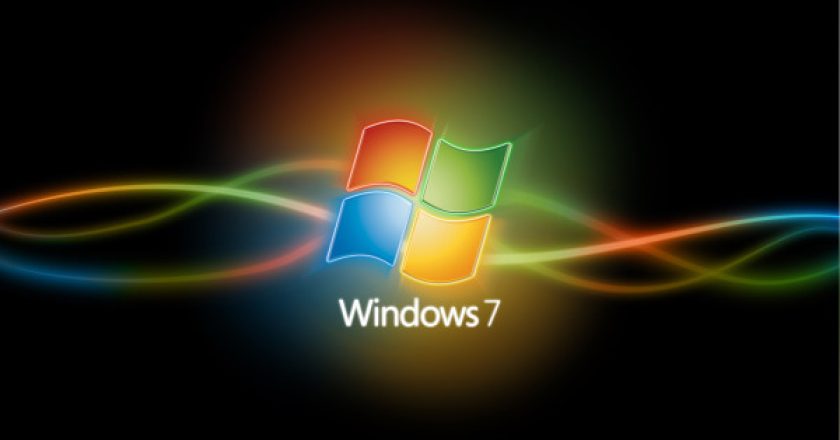The recent introduction of mobile number portability will be a significant opportunity for business users as service providers start focusing more on customer service and plans targeted at specific categories of subscribers.


The recent introduction of mobile number portability will be a significant opportunity for business users as service providers start focusing more on customer service and plans targeted at specific categories of subscribers.

Cloud computing is no longer a new concept, and many organisations have been consuming cloud services for the past several years. The use of cloud computing is growing, and by 2016 will increase to become the bulk of new IT spending, according to Gartner.

Dell is teaming up with Red Hat to drive its effort to be a force in the burgeoning area of network function virtualization (NFV) technology, aimed at helping carriers reduce costs and quickly roll out new services.

With trends moving so quickly, businesses are being forced to import skills from abroad in order to get the best out of these new trends. How can the local IT scene ensure a healthy availability of local talent?

Will CIOs be forced to take a ‘mobility first’ approach to building networks and is the Middle East really ready to put mobile first?
With the explosion of mobile devices, computing on-the-go has now become the norm. Reseller ME finds out what this spells out for the channel and the way ahead.

Security concerns are preventing businesses from unlocking the potential benefits of data centre consolidation and cloud services, according to new research from SafeNet.

Microsoft has set 31st October as the end of sales of new consumer-grade Windows 7 PCs, but for now has left open the do-not-sell-after-this-date for business machines.

We caught up with several CMOs and marketing executives to find out what they’d ask of IT if they could speak frankly. Here are their seven key requirements.

The spider. It sits at the centre of a web, stroking and sensing the minute vibrations that run up the hundreds of strands, analysing their meaning and what they reveal about the external world. Much like Satya Nadella.

IDC recently predicted that CIOs will be forced to take a ‘mobility first’ approach to building networks, whereby mobility solutions and BYOD policies are integrated into infrastructures. How accurate is this prediction, and is the Middle East really ready to put mobile first?

Open-source storage solutions that used to be considered extremely niche have been used for various new applications, and these applications are getting users across the world excited about the possibility of doing things a little differently.
Smart City technology to grow to USD 20.2 billion by 2020, but organisations need long-lasting IT plans in the next six months, says Condo Protego CEO Andrew Calthorpe

2014 marks the 10th anniversary of Cabir, the world’s first mobile phone malware. To mark this occasion, Fortinet’s FortiGuard Labs is taking a stroll down memory lane to examine the evolution and significance of mobile threats during the last 10 years.

With Gartner predicting the rise of sales of security software, one of the top security software houses, Symantec, appears to be struggling in the market it should be dominating.

Tired of waiting for lengthy approval processes, CMOs have been doing end-runs around the IT department for years. In turn, scorned CIOs would rip out the marketing department’s rogue tech.

The pressure is mounting on regional enterprises to ensure their disaster recovery plan is ready to protect their networks and critical infrastructure from the worst.

Seventy percent of CIOs plan to change their relationships with technology providers and outsourcing partners over the next two to three years, according to a Gartner survey.

Cloud’s platform as a service market hasn’t even grown up yet, but already some people are saying it’s doomed.

Analysts at both Gartner and IDC reported the seventh straight quarter of declining PC shipments, although both firms saw a light at the end of the tunnel.